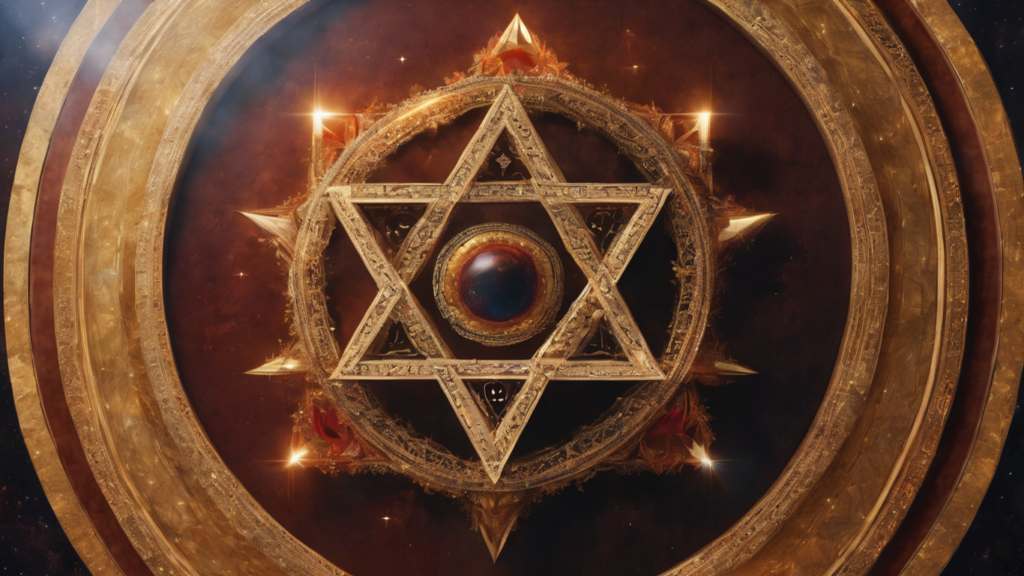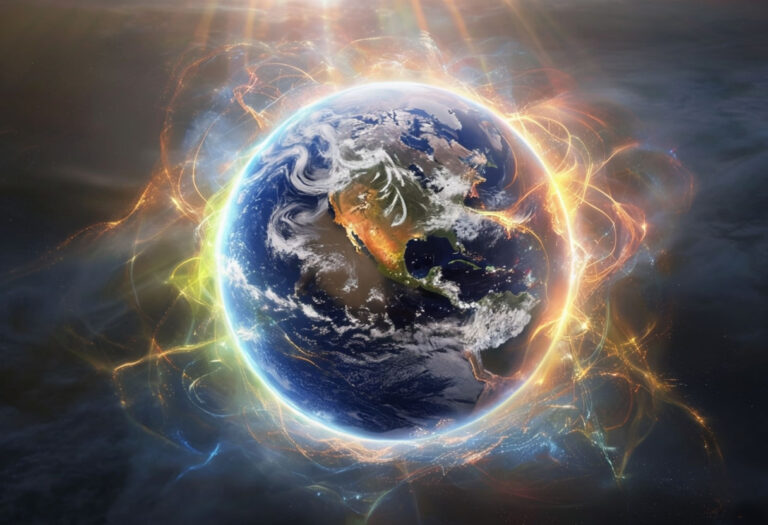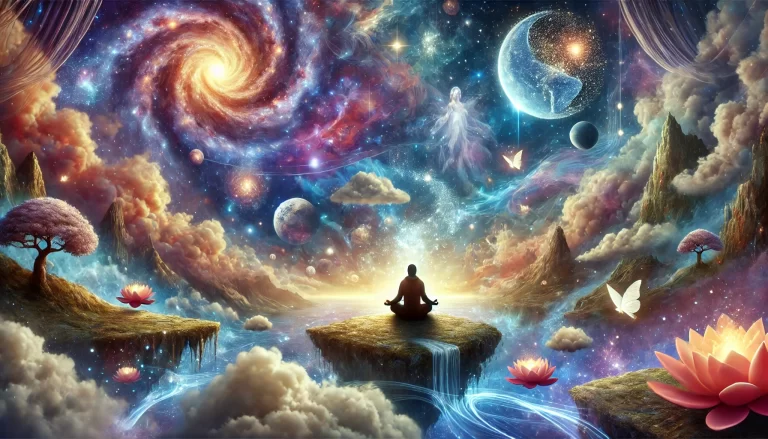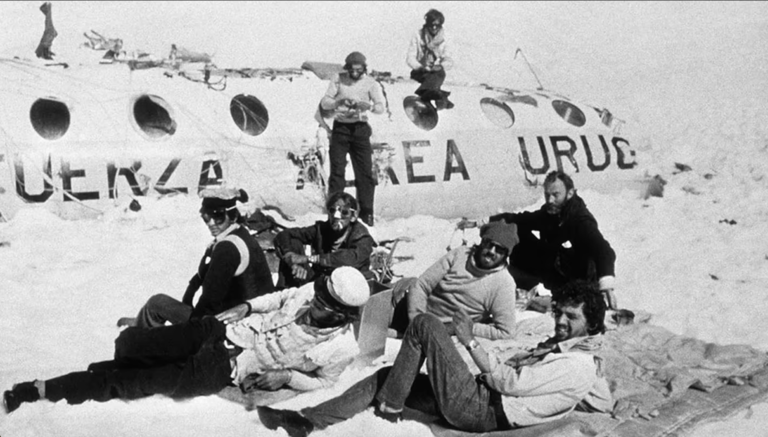The Connection: Tarot and Kabbalah’s Tree of Sefirots
Within the realm of spiritual exploration, both Tarot and Kabbalah stand as profound sources of esoteric wisdom. Though seemingly distinct, these two traditions share a deep connection that reveals their shared origins and symbolic language. Central to this relationship is the Tree of Sefirots in Kabbalah, a mystical map of divine realms, and the Tarot, a deck filled with symbolic imagery and universal truths. Let’s delve into the intricate relationship between Tarot cards and the Tree of Sefirots, uncovering the shared symbols and meanings that intertwine these ancient paths.

The Tree of Sefirots: A Divine Blueprint
Kabbalah’s Tree of Sefirots serves as a sacred diagram, outlining the emanations of divine energy and the pathways through which the divine manifests. Composed of ten interconnected spheres or Sefirots, each represents a different facet of divine consciousness and cosmic order. From the emanative force of Keter (Crown) to the grounding energy of Malkuth (Kingdom), each Sefirot offers a unique perspective on the divine attributes that shape existence.
Tarot Cards: Archetypal Reflections
The Tarot serves as a mirror of archetypal wisdom, a symbolic language that transcends cultural boundaries. With seventy-eight cards divided into the Major and Minor Arcana, the Tarot encapsulates the soul’s journey, from earthly challenges to spiritual enlightenment. Each card, rich in symbolic imagery, represents a different facet of human experience and consciousness, offering insights into the universal themes that shape our lives.
Shared Symbols and Meanings
The connection between Tarot and the Tree of Sefirots is rooted in a shared language of symbols and meanings. Here are some key connections that highlight this relationship:
- The Fool and Keter: The Fool embodies the archetype of the spiritual seeker and aligns with Keter, representing the initial spark of divine inspiration and the journey of exploration.
- The High Priestess and Binah: The High Priestess resonates with Binah, symbolizing intuition, wisdom, and the mysteries of the subconscious mind.
- The Emperor and Chokhmah: The Emperor correlates with Chokhmah, representing authority, structure, and the dynamic interplay between form and force.
- The Wheel of Fortune and the Paths: The Wheel of Fortune resonates with the Paths on the Tree of Sefirots, symbolizing the cyclical nature of existence and the continuous cycles of growth and renewal.
Embracing the Journey: Tarot and Kabbalah
Exploring the connection between Tarot cards and the Tree of Sefirots invites us to embrace a journey of self-discovery and spiritual insight. Through shared symbols and meanings, we gain a deeper understanding of the universal principles that govern existence and guide our path.
Whether we seek guidance from the Tarot or explore the mysteries of Kabbalah’s Tree of Sefirots, we are reminded of the interconnectedness of all things and the eternal quest for unity and wholeness.
Final Thoughts
The connection between Tarot and Kabbalah’s Tree of Sefirots offers a profound perspective on the mysteries of existence and the divine. By uncovering the shared symbols and meanings that unite these traditions, we embark on a transformative journey of exploration, insight, and self-discovery.
As we navigate the pathways of the Tree of Sefirots and explore the archetypal landscapes of the Tarot, we are invited to embrace the wisdom that resides within us, the eternal truths that guide us, and the sacred journey that unites us all in the dance of existence.
With gratitude for the wisdom of Tarot and Kabbalah,
Anastasia Holistic Sage






